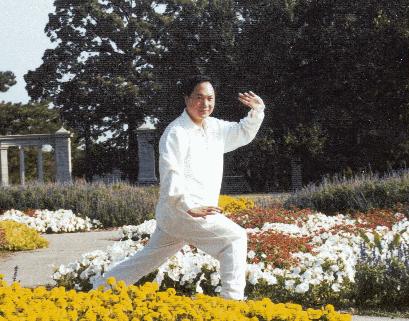Chinese Acupuncture Clinic
Call Today 719-634-1669


Tai Chi (Tai Ji in chinese) is rooted deep into Chinese history. Taiji was originally a martial arts practice called Taijiquan. “Quan” means “fist” or “boxing”.
Taijiquan combines martial skills and the deepest principles of Daoism. Taiji has evolved in three directions. Due to its rich heritage in Daoist spirituality, it is a method for spiritual growth. Due to its profound utility as a fighting art it has become the martial art of choice for many serious fighters. In the middle and common to both is Taiji's powerful application as a self-healing tool.
In Chinese tradition, there are many ways of practicing for self-healing. Taiji is one category of those forms. Taiji consists generally of 108 separate movements that are connected in a specific order. There are several kinds of Taiji including Yang style, Chen style, Wu style, Sun style as well as others. Most of these forms of Taiji have a short form between 16 and 40 postures, which mimic movements of different animals. The short sets of postures allow beginners to learn more quickly, elders to have an abbreviated practice and patients who are ill to practice without having to learn a lot.
The practice triggers health and healing benefits from both the Western paradigm of energy and the Asian paradigm of physiology. The balance and flow of one's internal self-healing energies is enhanced by the slow, intentful, meditative movements of Taiji. At the very same time the delivery of oxygen and nutrition from the blood to the tissues is improved. The lymph system's ability to eliminate metabolic by-products and transport immune cells is increased. The biochemical profile of the brain and nervous system is shifted toward recovery and healing.
As it became clear that TaiJi practicing is beneficial to people's health, the various forms of Taiji have re-emerged. Now in China literally millions of citizens practice Taiji every day; some singularly, some in groups numbering into the hundreds, some with swords, some with large red fans.